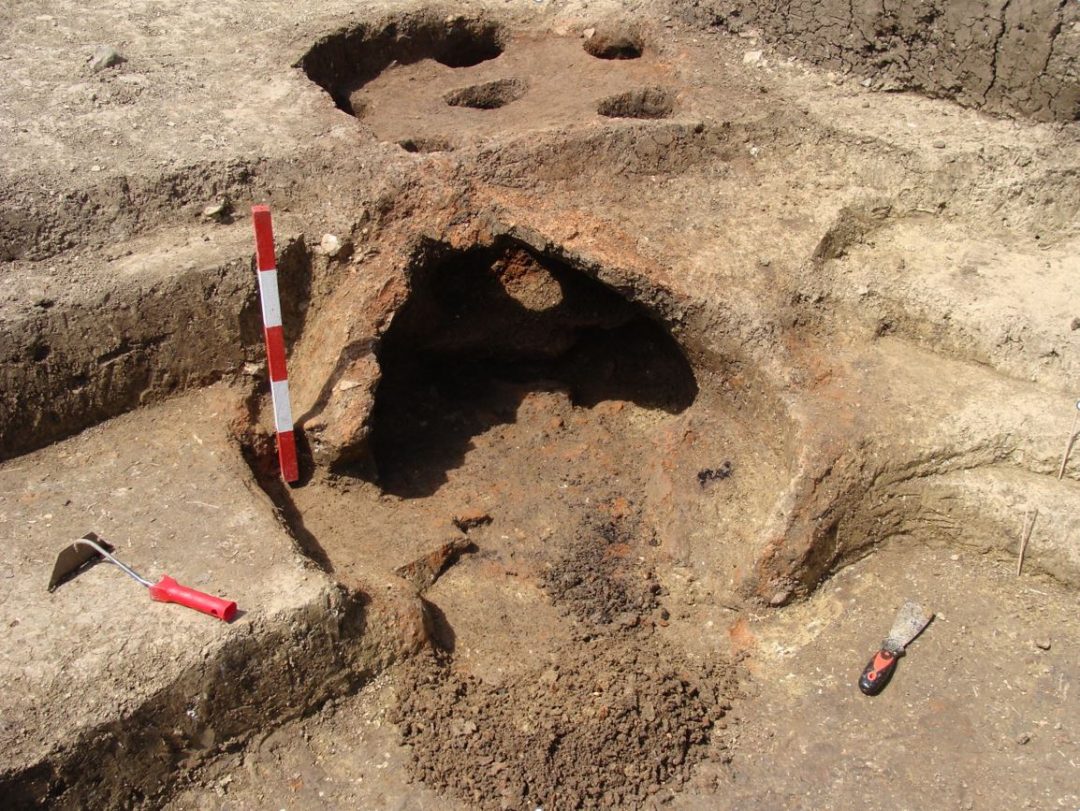User Group Leader: Stela Doncheva
http://naim.bg/en/home/
Venue: MTA Atomki, Debrecen, Hungary
Several metal production centers for decorative purposes, operating mostly from 20 to 70 AD, were found in the vicinity of Preslav, in Bulgaria. In this area, craftsmen applied different non-ferrous metals, bronze brass, tin-lead alloys and lead for manufacturing. Numerous objects (more than 2000), workshops with furnaces, various instruments and many castings were discovered during archeological research. Among the items the most prominent were the belt adornments i.e. buckles and strap ends. Furthermore, a great number of earrings, bracelets and items with Christian symbolism e.g. medallions and crosses were found.
The analysis of the metals used can give us the opportunity to identify their composition and detect how waste was used for new casting. This was one of the most essential and important issues of the project. The main objective of the analysis was to classify the various alloys, particularly brass, bronze and their variations, as well as tin-lead alloys.
The analyses were conducted between 24 and 28 April, 2018 in the MTA Atomki IBA Laboratory, Debrecen, Hungary. PIXE measurements were carried out on the selected portion of 40 samples with size of ~ 2×2 mm. To obtain information about the origin of metals the determination of trace elements was especially essential.
The results of this research will be published in specialized archaeological journals, as well as in conference proceedings.

